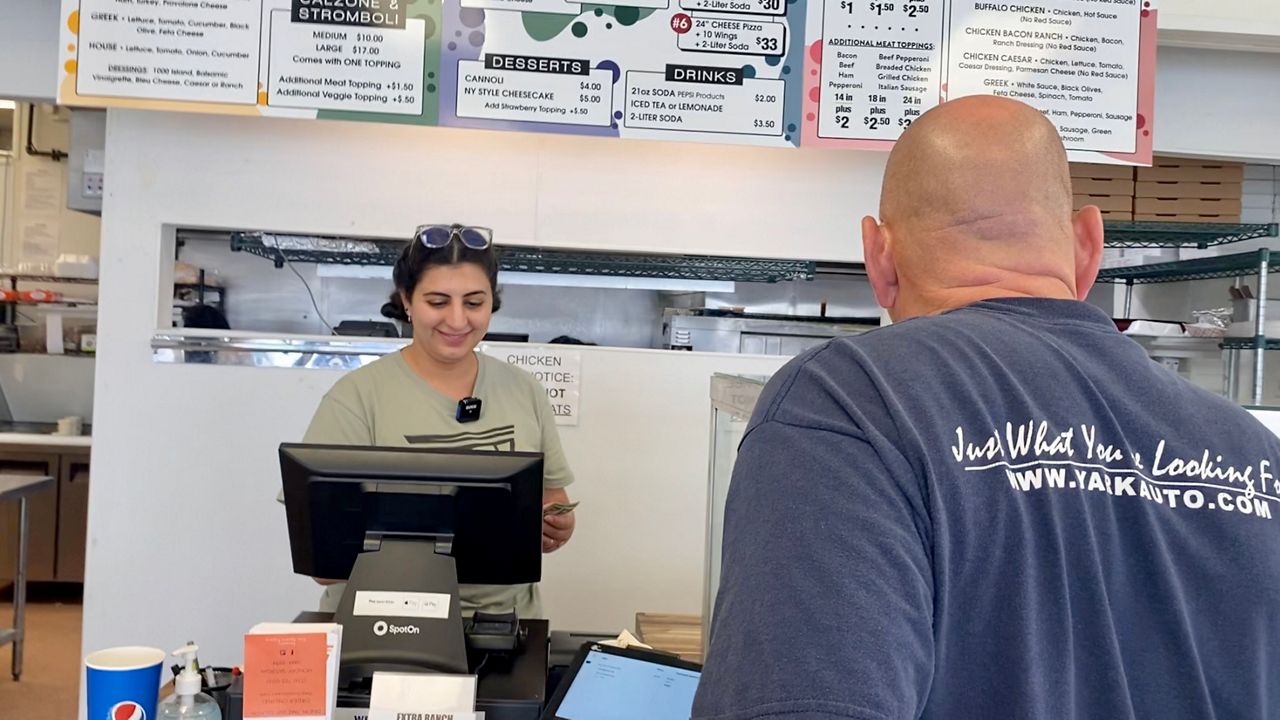GREENSBORO, N.C. — Carl Brower is grounded in Greensboro. He’s been living there his whole life. That’s a lot of years, even though he wouldn’t say how many.
“Over 60!” he said with a contagious laugh.
Brower lives just outside of downtown Greensboro in the Ole Asheboro neighborhood, in what’s known as a food desert.
“This area has been without a major grocery store for over 20 years, closer to 30 years,” he said.
The U.S. Department of Agriculture defines food deserts as having a poverty level of 20% or higher, where at least 500 people or 33% of the population lives at least away from a supermarket or large grocery store.
“In this area, it’s very difficult unless you have transportation, meaning a car or truck,” Brower said.
He’s one of about 1.5 million people who live in one of 349 food deserts across the state.
According to the USDA, North Carolina has the 12th-highest percentage of its state population in a food desert.
“It’s called quality of life, bottom line,” Brower said. “People that can’t get to food tend to do poorly in academia and in the workplace.”
But that 349 is now set to become 348.
The Greensboro City Commission approved the sale of a parking lot off the corner of South Elm Street and East Gate City Boulevard to Lidl, a grocery store whose tagline is "suspiciously low prices."
“My experience is that, that’s absolutely true,” Brower said with a grin. “I call them cousins of Aldi.”
He drove me from his neighborhood to the nearest grocery store – a Walmart neighborhood market. It took about 10 minutes to get there by car. By foot, you’d be looking at near an hour.
“For people that especially don’t have transportation, this is going to be a godsend,” Brower said. “To be able to come, get some fresh produce and, I call them butcher-cut meats, not the little luncheon meat-things, already prepackaged.”
The project is expected to be up and running within the next five years. The city commission essentially agreed to sell the land as long as it’s started within that five-year time frame.






)


